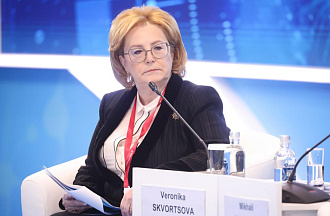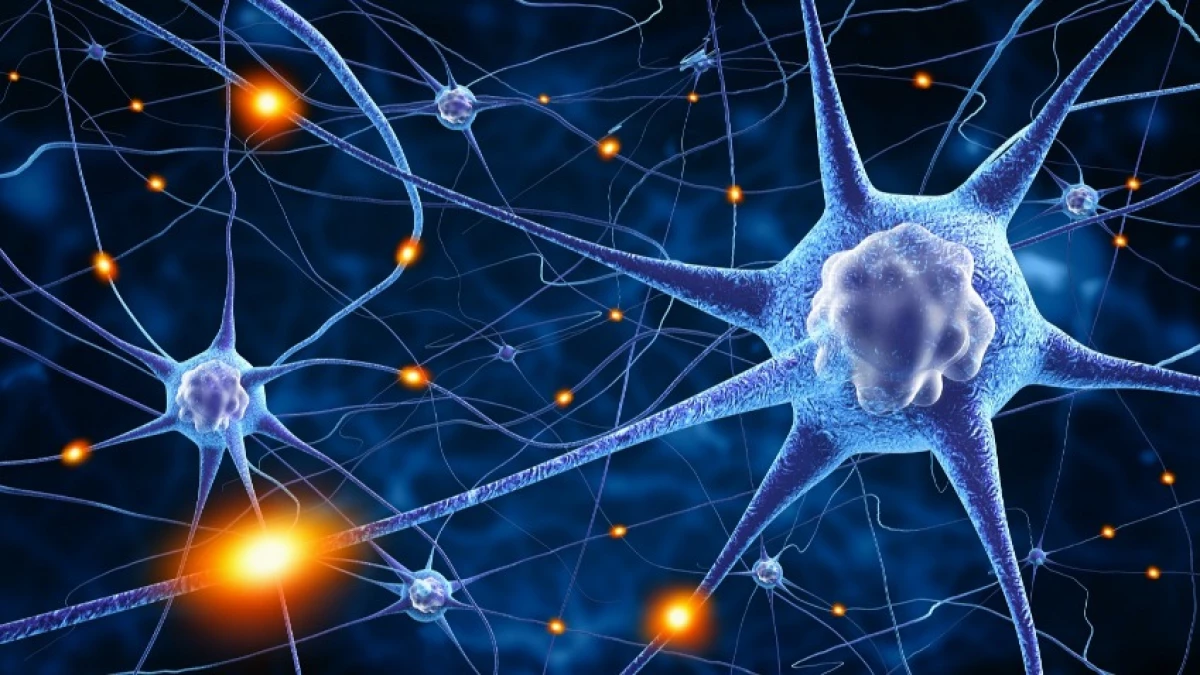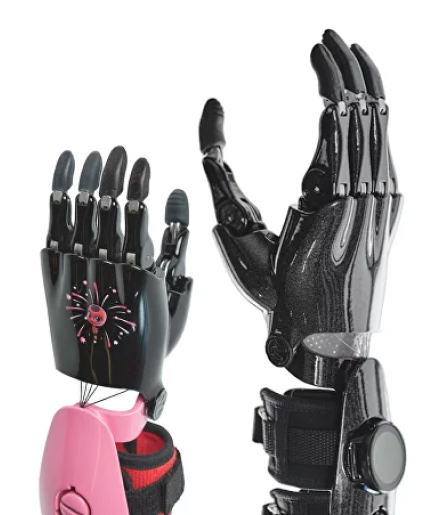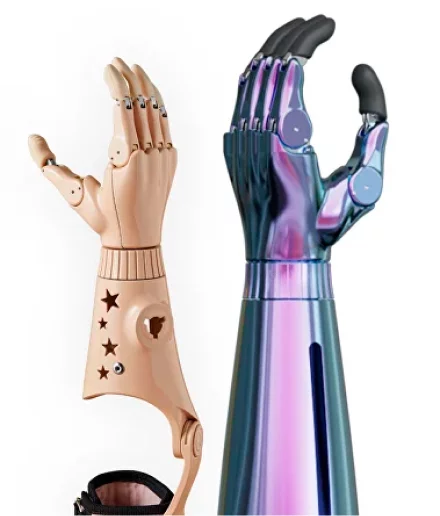Lalas
Star
- Joined
- Nov 8, 2022
- Messages
- 1,397

Технологический суверенитет России: «Стресс-тест» выявил самые перспективные направления развития нейротехнологий в системах БПЛА
Минувшие выходные ознаменовались большим событием для отечественного рынка «Нейронет». В подмосковном городе Долгопрудный собрались ведущ..
Russia's Technological Sovereignty: Stress Test Reveals the Most Promising Areas for the Development of Neurotechnologies in UAV Systems

Last weekend was marked by a big event for the domestic market of Neuronet. In the city of Dolgoprudny near Moscow, leading representatives of the industry gathered to personally test neuroheadsets, analyze the methods of stress resistance of pilots of unmanned aircraft systems, as well as discuss key issues during the business program.
The Stress Test technology competition was held on April 20–21 at the Technopark of the Pyotr Kapitsa Phystech Lyceum, the largest technopark in the country. It was possible to participate in the event both in person and online.
Experts and guests present at the event in person were able to test the hardware and software complex for training operators of ground control facilities for unmanned aerial vehicles (UAVs). The UAV control system included a neuroheadset.
"All test results will be recorded, including the neurodynamics of each participant. In the future, experts will prepare detailed analytics based on them, which will be useful in the development of accelerated training courses for operators of unmanned aircraft systems, as well as a number of other neurotechnologies. This analytics, as well as the exchange of experience and opinions within the walls of this event, are designed to support all areas of the domestic neuroindustry," said Ivan Biryukov, Head of the Infrastructure Center for NeuroNet 3.0, General Director of ANO Technologies of Opportunities.

The "stress test" was accompanied by an extensive business program. The agenda included the development and prospects of the NeuroNet market. In particular, neurodiagnostics projects in the field of training UAV operators, education, and marketing were discussed.
"At the first meeting of the NeuroNet headquarters last year, Dmitry Peskov, Special Representative of the President of the Russian Federation for Digital Development, outlined two key tasks for our infrastructure center. This is the neurorehabilitation of people with disabilities, including participants in the special military operation, and the introduction of solutions based on neurotechnologies in the management of UAV devices. To accomplish these tasks, we need close collaboration with a number of related industries and related technologies. In fact, this is why we are here," said Dmitry Lapin, PhD in Sociology, Head of the Department for the Organization of Project Activities of the ANO "Technologies of Opportunities".
The expert spoke about the key areas of work of the NeuroNet 3.0 infrastructure center and conducted a public review of the market.
According to Dmitry Lapin, the most popular solutions based on neurotechnologies today are neuroassistants. This is due to the widespread adoption of artificial intelligence. They are used in modern drone control technologies. Another popular area is neurocommunications and marketing.
"The possibilities of neurotechnology in marketing allow us to achieve more. Unique knowledge of the real emotions, states and reactions of the consumer will help to improve the product and increase sales. For marketing agencies, this is an opportunity to give customers better analytics. For educational and scientific organizations – to improve the quality of training courses and involve students in project work. And for each member of the network of neurolaboratories based on the Neurobarometer hardware and software complex, this is an opportunity to conduct network research throughout Russia and provide in-demand commercial services using world-class equipment," said Dmitry Orlov, PhD in Sociology, Deputy Executive Director of Neurotrend JSC.
Today, the market is showing unprecedented growth in the field of NeuroNet and in terms of development is ahead of all the forecasts of experts several years ago, according to which by 2025 the global exposure of neurotechnologies will reach $552.9 billion. But thanks to breakthrough solutions in the development of neural assistants, this figure will be much higher.

This state of affairs also applies to Russia, where the total volume of the neurotechnology market is expected to reach 346.1 billion rubles by next year. However, based on the latest data, this figure is clearly underestimated.
There are more than 1,600 companies working on NeuroNet projects in the country, mainly micro-enterprises that develop neurotechnologies within the framework of artificial intelligence. In total, more than 4,000 projects have been launched in this area, of which more than 500 have received support totaling 10 billion rubles.
This clearly demonstrates that the NeuroNet market has not only broad prospects, but also enjoys special attention and support from the state. However, working on projects in this industry has its own specifics and difficulties.
"First of all, you need to prove that you understand the market and can sell something to someone. This requires the support of specialized expert communities. If you want to try your hand at the field of neurotechnology, then find such communities and join them, or create your own. This will allow you to communicate with professionals in their language, as well as understand the future prospects of your development," said Dmitry Orlov.
Leading developers of solutions based on neurotechnologies also spoke about their projects. For example, Galina Ershova, Director for Educational Projects at Neurotrend Group, shared the specifics of working on the NeuroChat communication system, one of the first Russian projects in the field of NeuroNet, supported as part of the National Technology Initiative.
It is a communication system that makes it possible for people who cannot speak and move to communicate networked. It demonstrates high efficiency in the rehabilitation of people with diagnoses such as cerebral palsy, ALS, stroke, multiple sclerosis and various neurotraumas. NeuroChat literally allows completely paralyzed patients to communicate with their families, medical staff, friends and the whole world.
And the neurotraining system within the framework of the same project helps to develop and train human cognitive functions, such as attention, memory, reaction speed, etc., by analyzing the electrophysiological parameters of the brain.
Vladimir Kozlov, CEO of Persona LLC, spoke about the unique capabilities of neurotests. Since 2009, he has led more than 14,500,000 such tests, as well as more than 72,500 in-depth interviews.
According to the speaker, it is neurotechnologies that make it possible to identify talents at the early stages of development – in childhood.
"We really want every 12-year-old child to know exactly what he is best at, what he is most talented at. And our solutions today allow us to do this," Vladimir Kozlov explained.

In addition to the business program and testing of the neuroheadset, the participants of the "Stress Test" were able to attend master classes on neuroprofiling and even learn how to manage the resource states of the brain. Russian writer and radio host Dmitry Konanykhin gave a lecture especially for the guests of the event, who spoke about domestic achievements in science and technology.
The program also included a tour of the Technopark.
The Stress Test Technology Competition was organized by ANO Technologies of Opportunities (Neuronet 3.0 Infrastructure Center). The event was attended by representatives of the neurotechnology market, including government agencies, social entrepreneurs, volunteer communities, socially-oriented NGOs, as well as scientific communities.
The key goal of the program is interaction and exchange of experience, as well as popularization of all areas of the NeuroNet Roadmap of the National Technology Initiative and increasing the number of professional communities in all segments of the Roadmap."
**
"At the first meeting of the NeuroNet headquarters last year, Dmitry Peskov, Special Representative of the President of the Russian Federation for Digital Development, outlined two key tasks for our infrastructure center. This is the neurorehabilitation of people with disabilities, including participants in the special military operation, and the introduction of solutions based on neurotechnologies in the management of UAV devices.
the cornerstone: "the nature–like technosphere is a part of the noosphere.."
Press Center of the National Research Center "Kurchatov Institute" 02.11.2023 The Kurchatov Institute summed up the results of the International Forum of Nature-Like Technologies http://nrcki.ru/product/press-nrcki/-48401.shtml More than 20 scientific events, about 1,500 scientists...
Last edited:

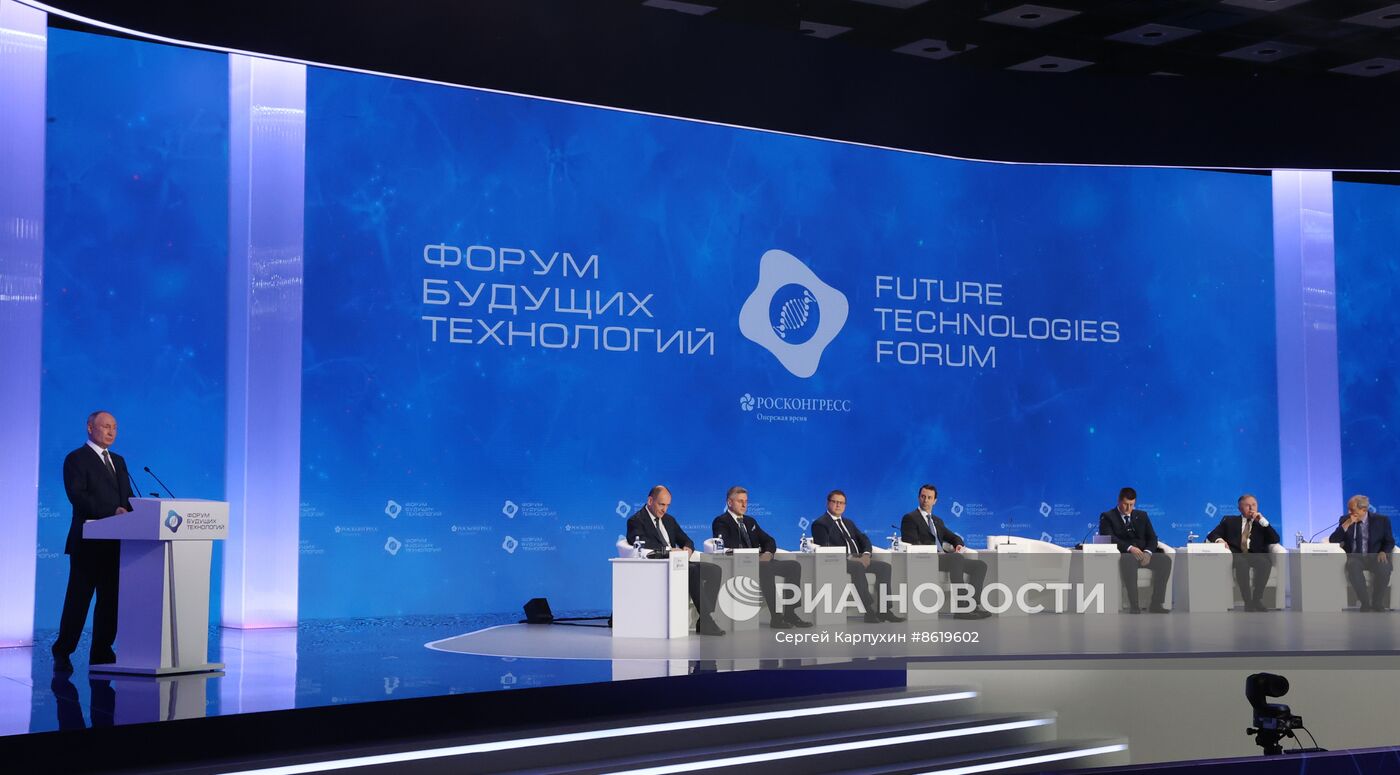


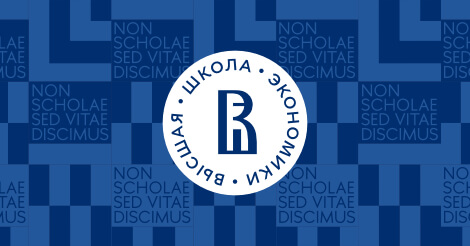
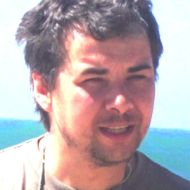
.jpg)
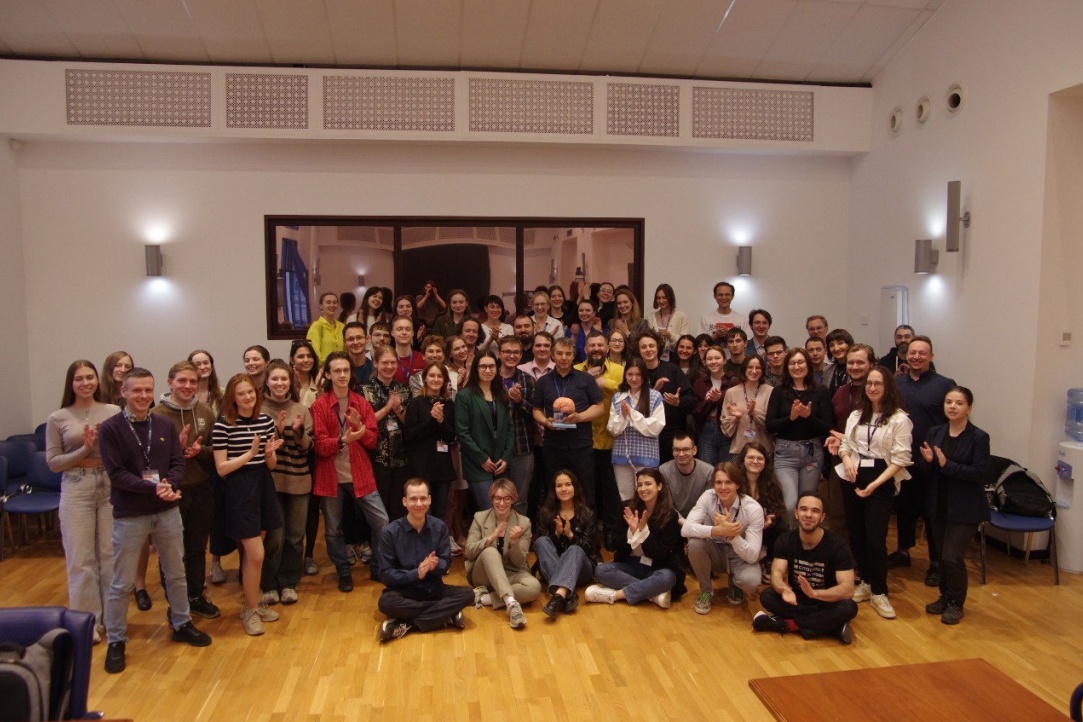
.jpg)
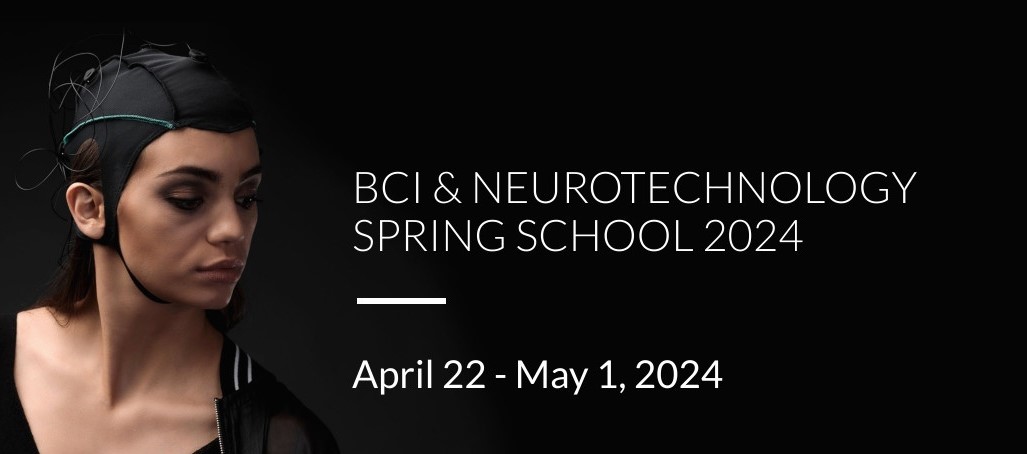
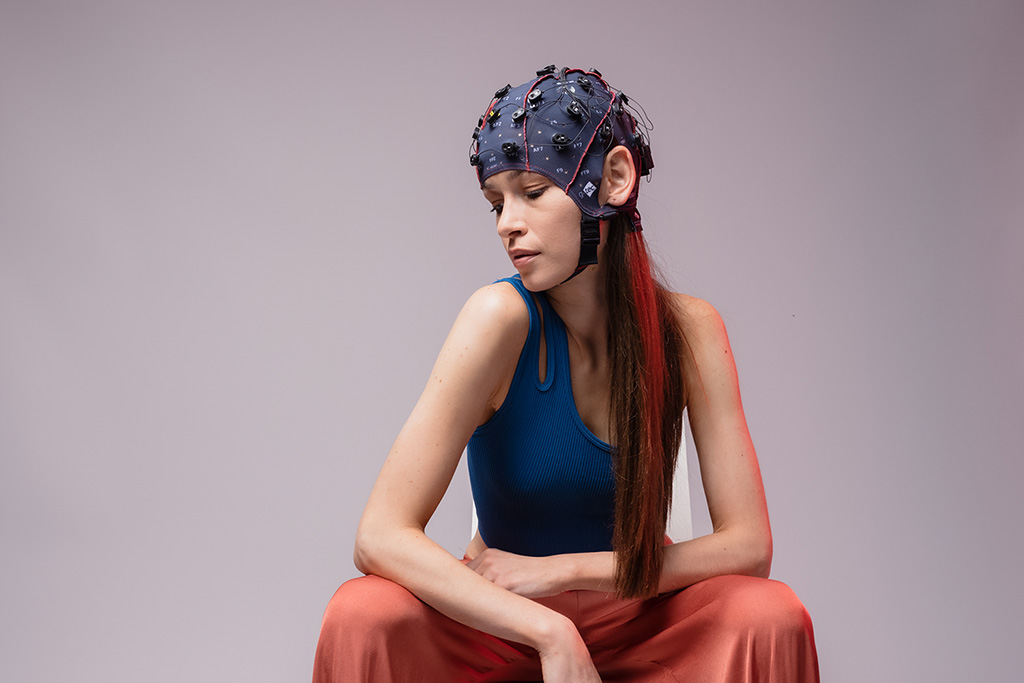











.jpg)
.jpg)
.jpg)
